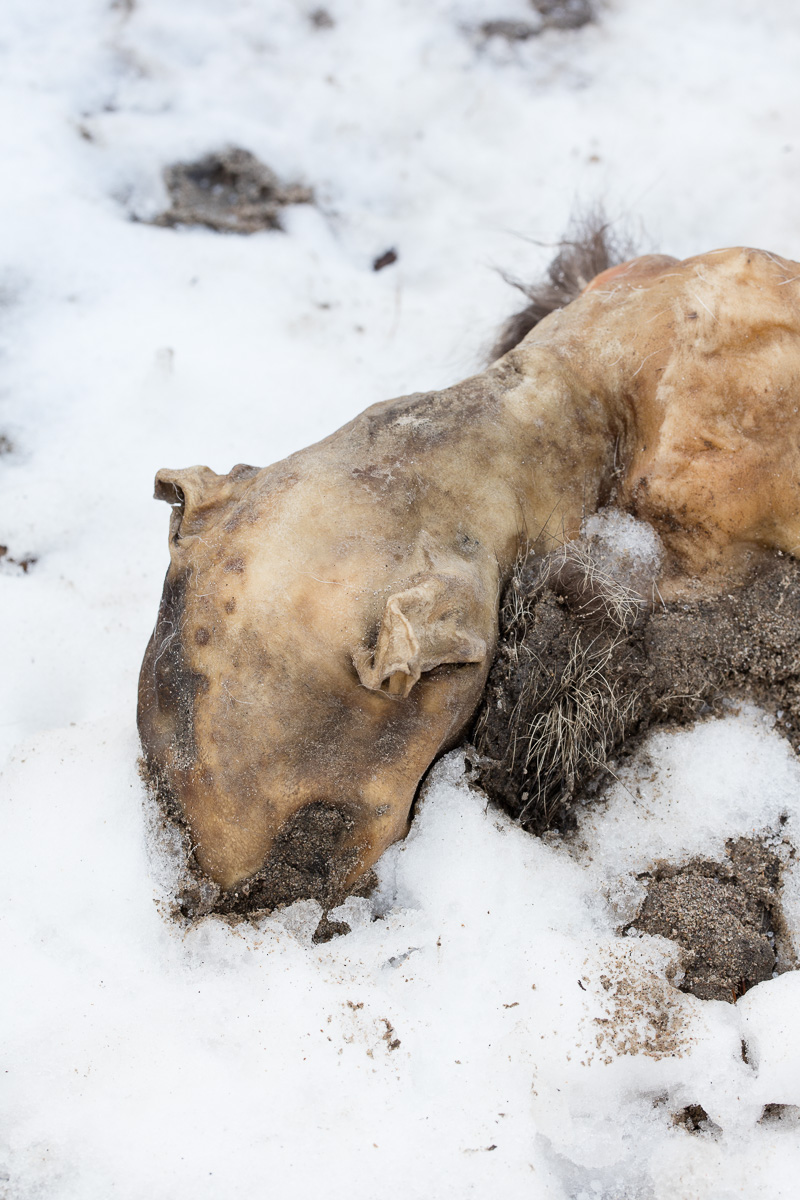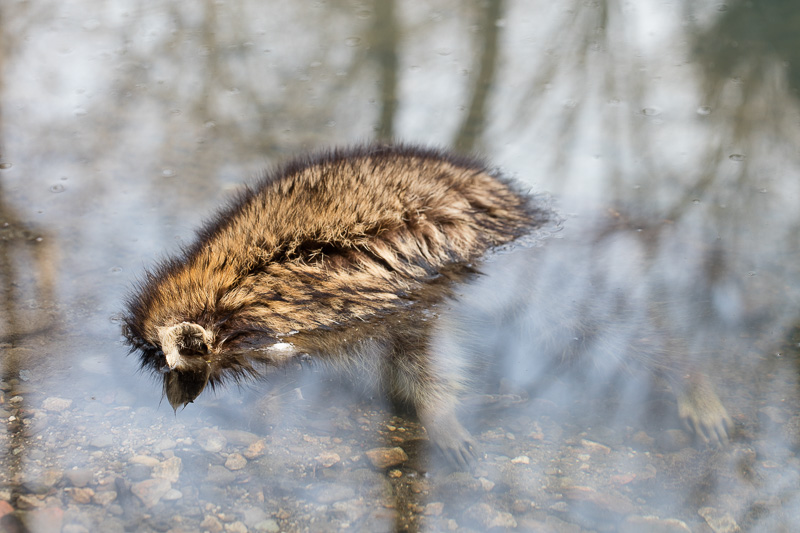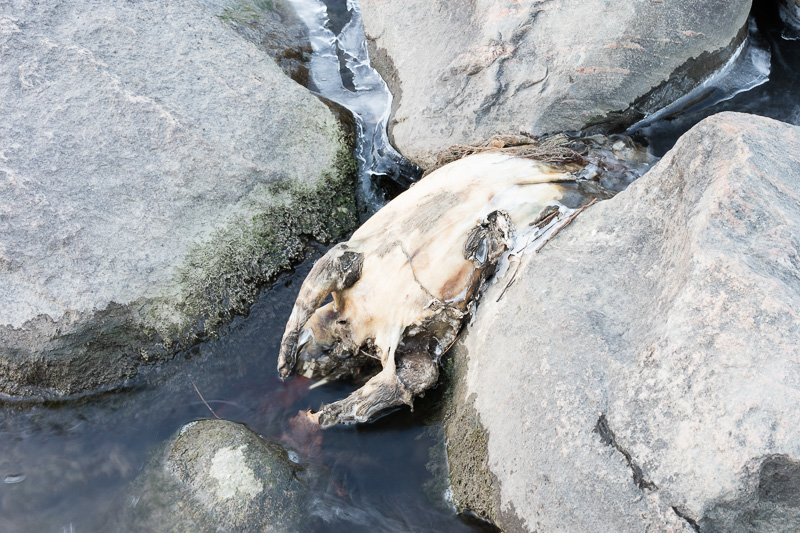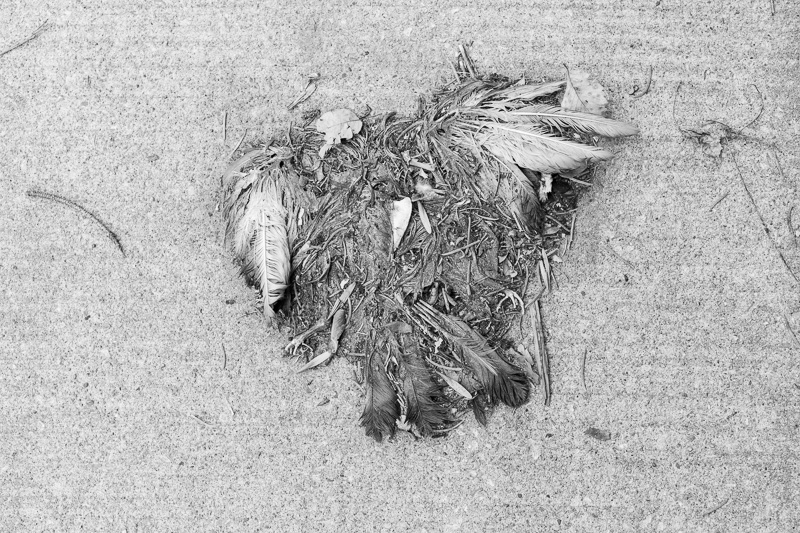In the film, American Beauty, Wes Bentley plays the teen who moves in next door. He sells pot from his bedroom and uses the money to finance his obsession—video equipment. He loves to shoot video and produces a visual diary of the things he sees each day. In particular, he tries to shoot dead things—pets, wild animals, and ultimately Lester Burnham—focussing on their eyes to capture that decisive moment when they hover between life and death.
I’m reminded of Henri Cartier-Bresson who applied the phrase “the decisive moment” to the art of photography. I think he was writing about how all the elements of composition come together (as in a painting) and are captured in the decisive moment when the photographer releases the shutter. And yet it seems to me that his decisive moment in the art of his work is not all that different from the teen’s decisive moment at the cusp of death.
There is a sense in which releasing the shutter rails against death. We want to freeze moments that will never again happen in precisely this way. Convergences, collisions, coincidences. We try to preserve these moments and offer them to the future. At the same time, we try to interpret them. We don’t offer them as raw moments; we wrap them in our aesthetic sensibilities. The moment is decisive, not simply because it freezes time, but also because it draws into a single frame all the considerations that make a good photograph.
I find myself channeling Wes Bentley’s character. When I walk in Toronto’s ravines, it’s common for me to stumble upon dead animals. I feel compelled to photograph them, not out of a ghoulish fascination, but because—somehow—that is what a camera is for. The camera prods me to take this raw visual stuff and make sense of it, both rationally and aesthetically. Shooting dead animals is easier in the winter. The corpse is literally frozen in time and so I have the luxury of extending the decisive moment over minutes, or even days if I choose to come back. I don’t need to cover my face. I’m not repulsed by the smell or by the insects.

I see a cat (or what I presume to be a cat) but I see no tag so I wonder if it was a feral cat. Otherwise, if it was a pet, where did the tag go? It’s lying in the snow by the side of the Don River. I’m no pet CSI, but this one looks like it’s been dead for some time. Again, I’m no pet CSI, but this one looks like it’s been skinned. It’s lying on top of the fur which has been detached from the body. What happened here? Now, it lies eyeless with its nose submerged in the melting snow. How will I position myself to best capture the scene? I use a tripod and 100 mm macro lens. ISO 200 f/11 1/20 sec.

I see a raccoon drowned in Yellow Creek. It hasn’t been a cold winter so the water keeps flowing. Animals must drown here all the time. I find something compelling about the saturated colours of the fur, the washed out reflection of the trees, the digits hanging below the surface of the water. I use a monopod and 100 mm macro lens. ISO 400 f/5.6 1/100 sec.

I find a dog trapped between rocks in the Don River. Probably a pet that got caught in the current and swept downstream. There’s something pathetic about the way the back is arched and the forelimbs raised over its head, as if pleading. I shouldn’t anthropomorphize these scenes; the limbs are in that position courtesy of physics. I shoot with a tripod and 50mm Sigma Art Lens. ISO 400 f/11 1/4 sec.
On reflection, I wonder if there’s anything at all decisive in any of these moments. Does life in the city—forget the city—does life in late modern global culture trivialize the concerns that drove Cartier-Bresson? Am I losing my ability to distinguish the value of an animal’s life from the value of an iPod? Are all moments of equal (i.e. equally meaningless) weight whether we capture them in the past or give them to the future? Are moments neither decisive nor indecisive but simply part of that stream in which commodities are rendered unfashionable or obsolete? When I see something dead, instead of making a photograph, maybe I should shop for a new camera.
